Optimal Timing for Foundation Repairs
Determining the optimal time for foundation repairs depends on various factors including weather conditions, soil stability, and structural assessment results. Typically, mild and dry seasons provide the most favorable conditions for effective repairs, ensuring that materials set properly and that the foundation is accessible without weather-related delays.
Spring offers moderate temperatures and longer daylight hours, making it suitable for foundation work. However, increased rainfall can sometimes cause delays or complications.
Summer generally provides dry weather, ideal for foundation repairs. Hot temperatures may require precautions to prevent materials from curing too quickly.
Fall can be an effective time for repairs due to cooler temperatures and less rain, but early winter weather can pose challenges.
Winter is generally less favorable due to cold temperatures and potential for frozen ground, which can hinder excavation and curing processes.
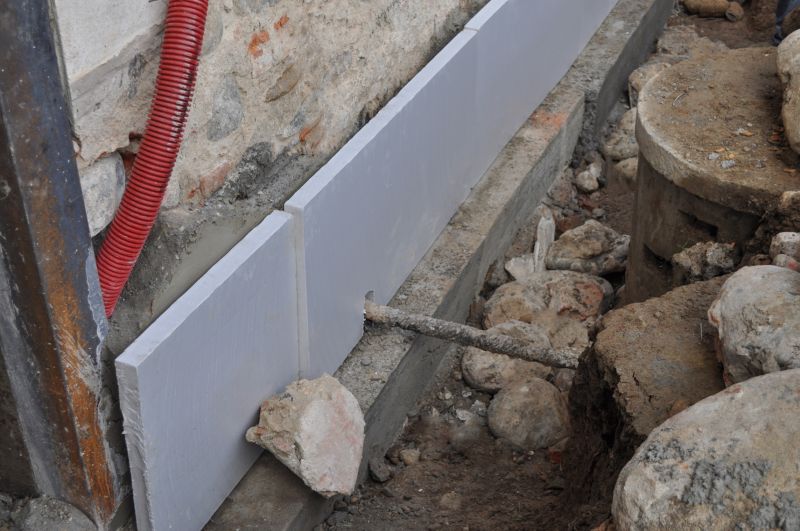
Image of a foundation being stabilized with underpinning techniques.
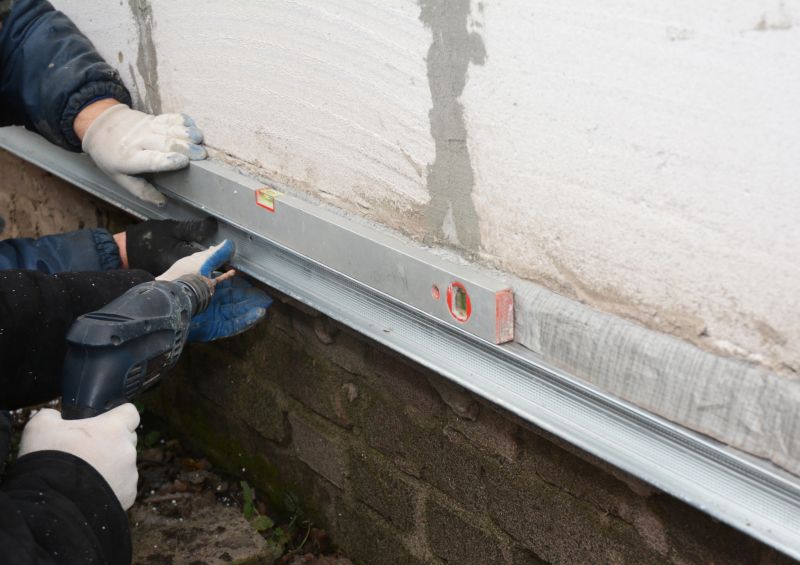
Photo showing soil testing and stabilization methods.
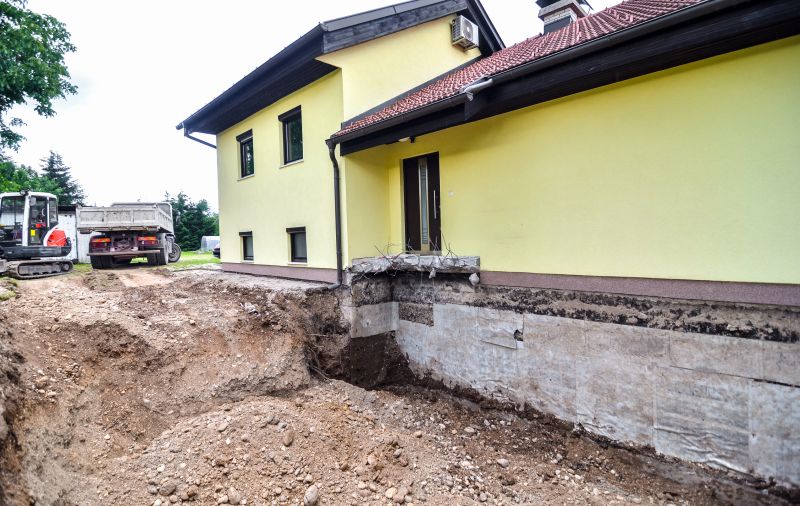
Image of excavation for foundation access.
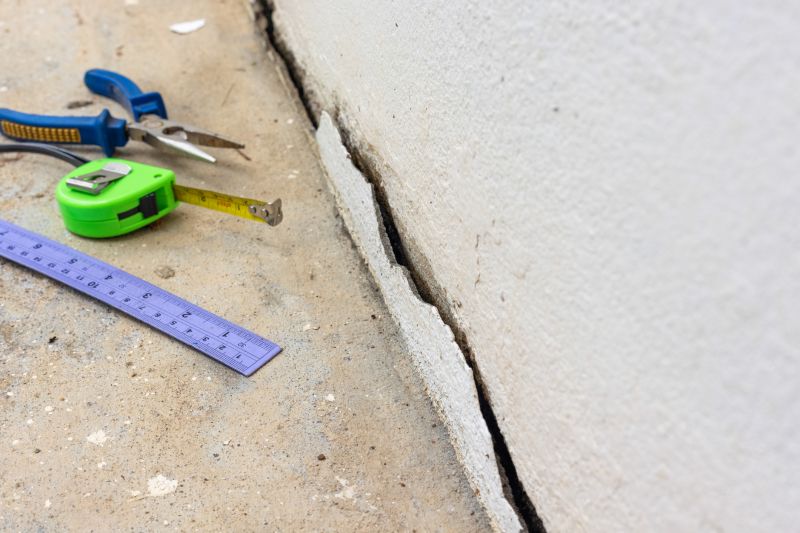
Ways to make Foundation Repairs work in tight or awkward layouts.
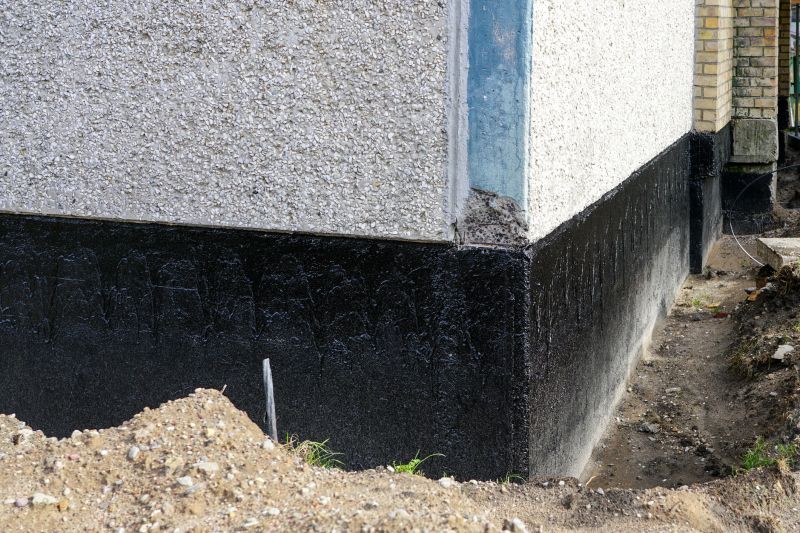
Popular materials for Foundation Repairs and why they hold up over time.
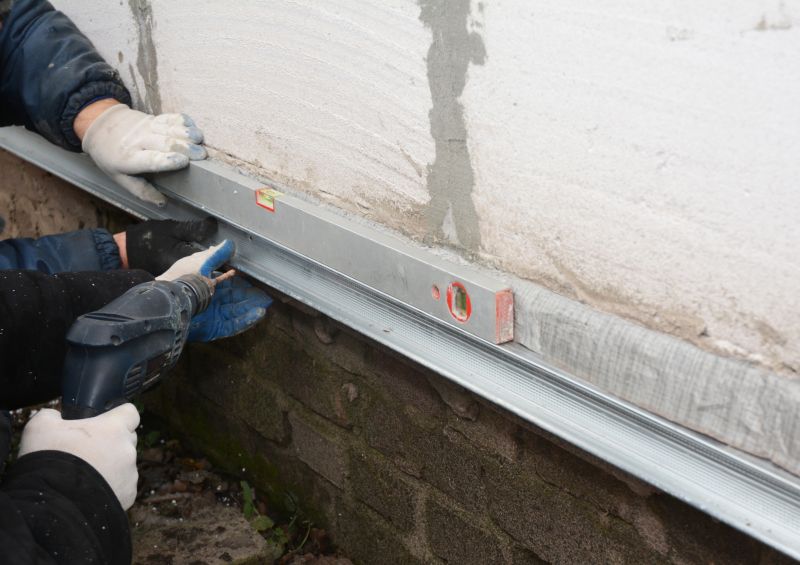
Simple add-ons that improve Foundation Repairs without blowing the budget.
Foundation repairs are essential for maintaining the structural integrity of a building. They address issues such as settling, cracking, and shifting that can compromise safety and stability. Proper timing for repairs can influence both the effectiveness and longevity of the work performed.
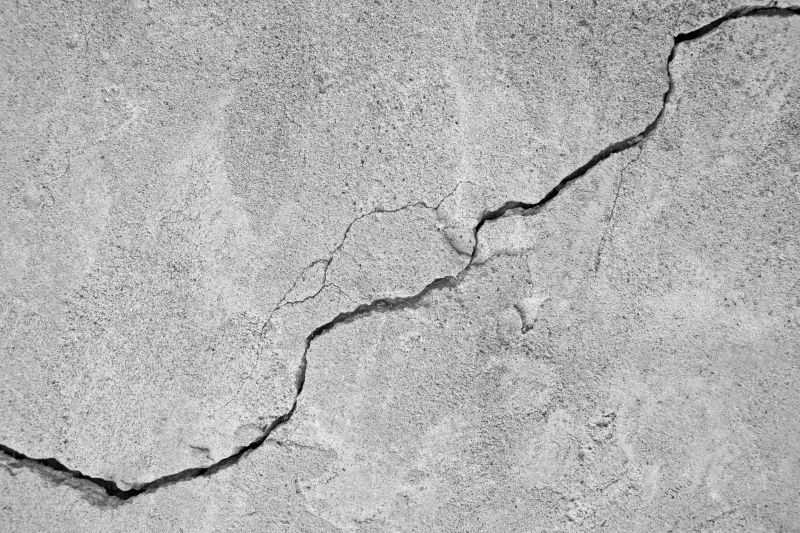
Close-up of a cracked concrete foundation.
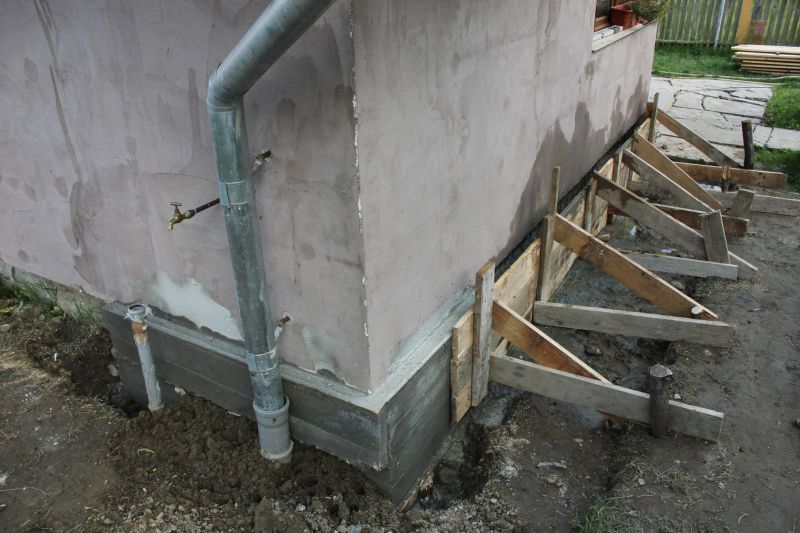
Image showing underpinning supports installed beneath a foundation.

Photo of waterproofing application on a foundation wall.
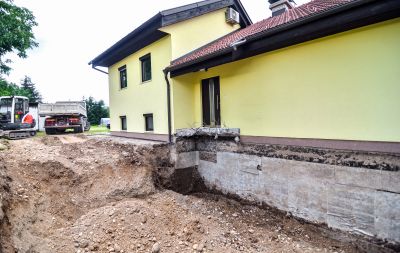
Inspection of a foundation with specialized equipment.
| Season | Ideal Conditions |
|---|---|
| Spring | Moderate temperatures, longer daylight, but potential for rain delays. |
| Summer | Dry weather, suitable for most repairs, but watch for high heat. |
| Fall | Cooler temperatures, less rain, optimal for scheduling. |
| Winter | Cold temperatures and frozen ground make repairs challenging. |
Timing foundation repairs appropriately can lead to better results and reduce the risk of future issues. Consulting with a foundation specialist can help determine the most suitable period based on local climate and soil conditions.
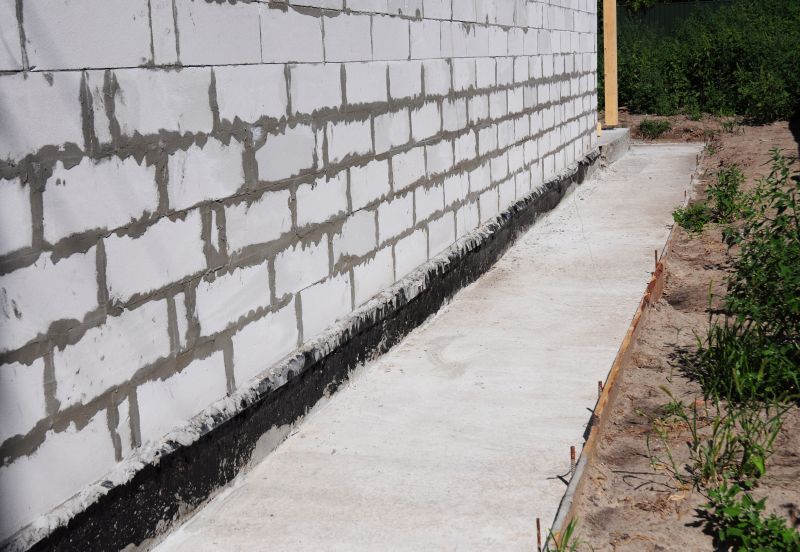
Image of foundation stabilization methods in progress.
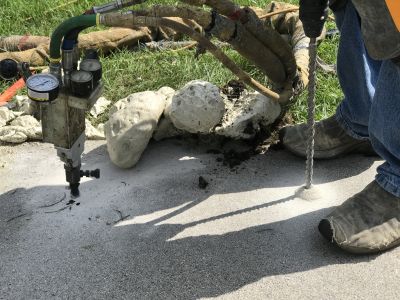
Photo of equipment used for soil analysis prior to repairs.
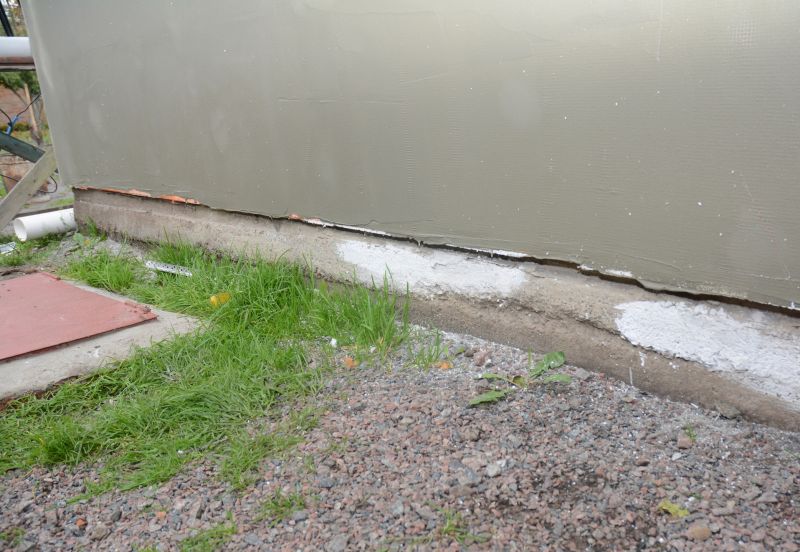
Finished foundation repair with visible improvements.
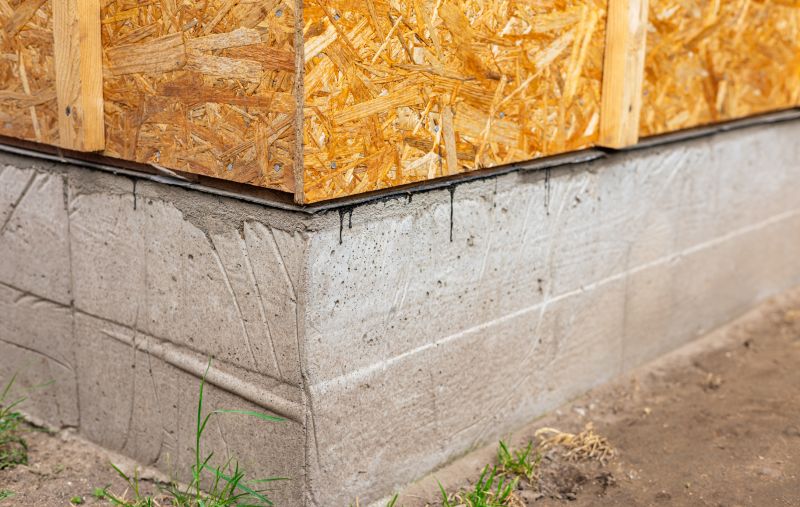
High-end options that actually feel worth it for Foundation Repairs.
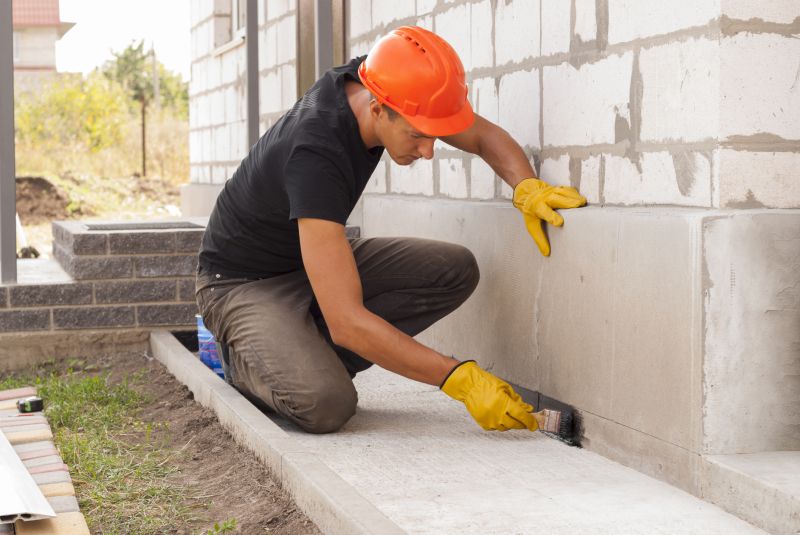
Finishes and colors that play nicely with Foundation Repairs.
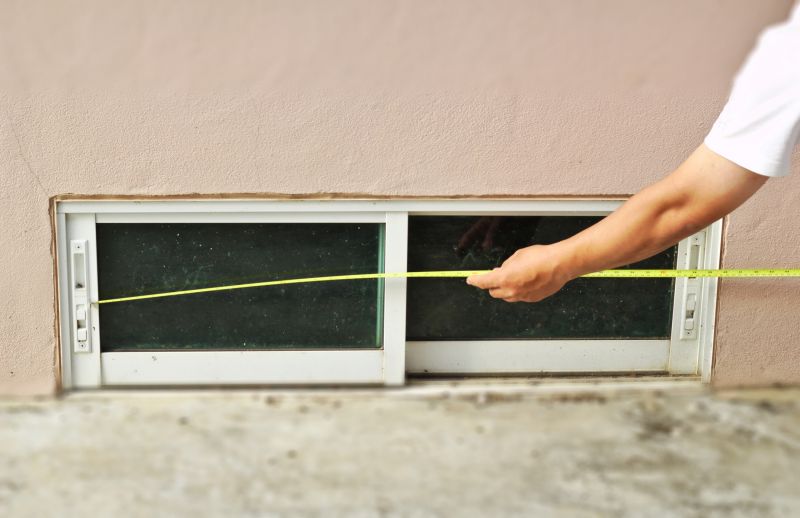
Little measurements that prevent headaches on Foundation Repairs day.
Interested in foundation repairs? Filling out the contact form can provide insights into the best timing and options for addressing foundation concerns effectively.

